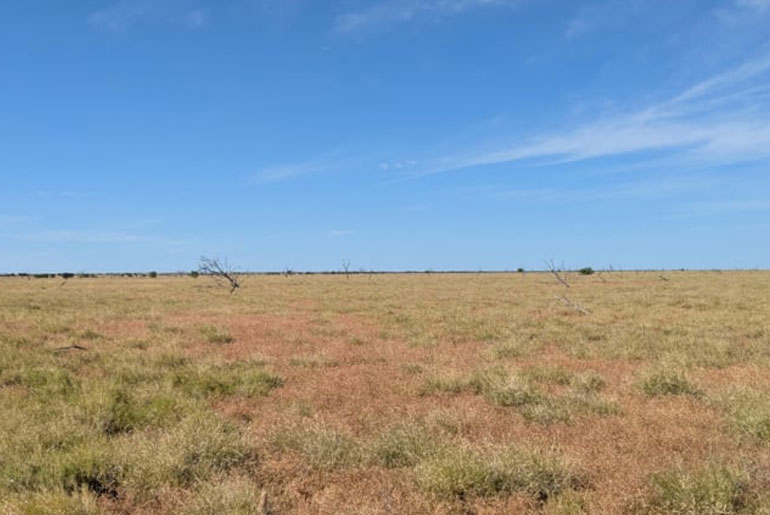DP Energy announces plans to construct a major wind-plus-storage project in Queensland, Australia, featuring up to 2,000 MWh of battery energy storage to boost clean energy capacity in the region.
With more than 4.5 GW of renewable energy projects in the works in Ireland, the UK, Australia, and Canada, the developer plans to construct the Windy Plains Renewable Energy Park in northwest Queensland, 40km southeast of Julia Creek.
About 197 wind turbines with a 1,400 MW maximum output capacity will be installed at DP Energy’s Windy Plains Renewable Energy Park. At the wind farm, a 500MW battery energy storage system (BESS) with a 4-hour endurance will be co-located.
It will be next to the new CopperString transmission line being built by state-owned network operator Powerlink Queensland and connect to the National Electricity Market (NEM), which covers Tasmania and the eastern and southern shores of Australia.
For those who are not aware, the CopperString 2032 project intends to expand the NEM to the North West Minerals Province of Queensland by delivering 840km of additional electrical transmission from Mount Isa to Townsville. New renewable energy producers will need to be connected to the project via an extra 200km of transmission line.
In order to advance the wind-plus-storage site, DP Energy revealed that its Australia team is now interacting with early project neighbors, such as McKinlay Shire Council, Queensland government agencies, First Nations, and other stakeholders.
According to Hugh Cantwell, head of development at DP Energy Australia, the wind project is ideally situated to make use of North Queensland’s “incredible” wind resources, which should have a significant positive economic impact on the area.
“With strong, consistent winds, ample land, and direct access to new transmission infrastructure, it [the Windy Plains Renewable Energy Park] will power both the grid and local growth for decades to come,” Cantwell stated.
In Australia, DP Energy is now investigating three further renewable energy projects. This comprises the wind farms at Callide and Euston, as well as the Port Augusta Renewable Energy Park.
The Euston Wind Farm in New South Wales is the biggest. It will have an unspecified BESS capacity and 700MW of wind power.
While the Port Augusta Renewable Energy Park in South Australia is a hybrid solar-wind complex with 210MW of wind and 107MW of solar PV, Callide is a smaller wind site in Queensland with an anticipated 430 MW generating capacity.
Plans for a 500 MW wind-plus-storage project with a 500 MW/2,000 MWh co-located BESS were submitted to the Environment Protection and Biodiversity Conservation (EPBC) Act last week by developers Someva Renewables and Mainstream Renewable Power.
The two developers have formed a joint venture to pursue the Sunny Corner Wind Farm. The Forestry Corporation of NSW is in charge of overseeing the Sunny Corner State Forest, where it is being planned.



